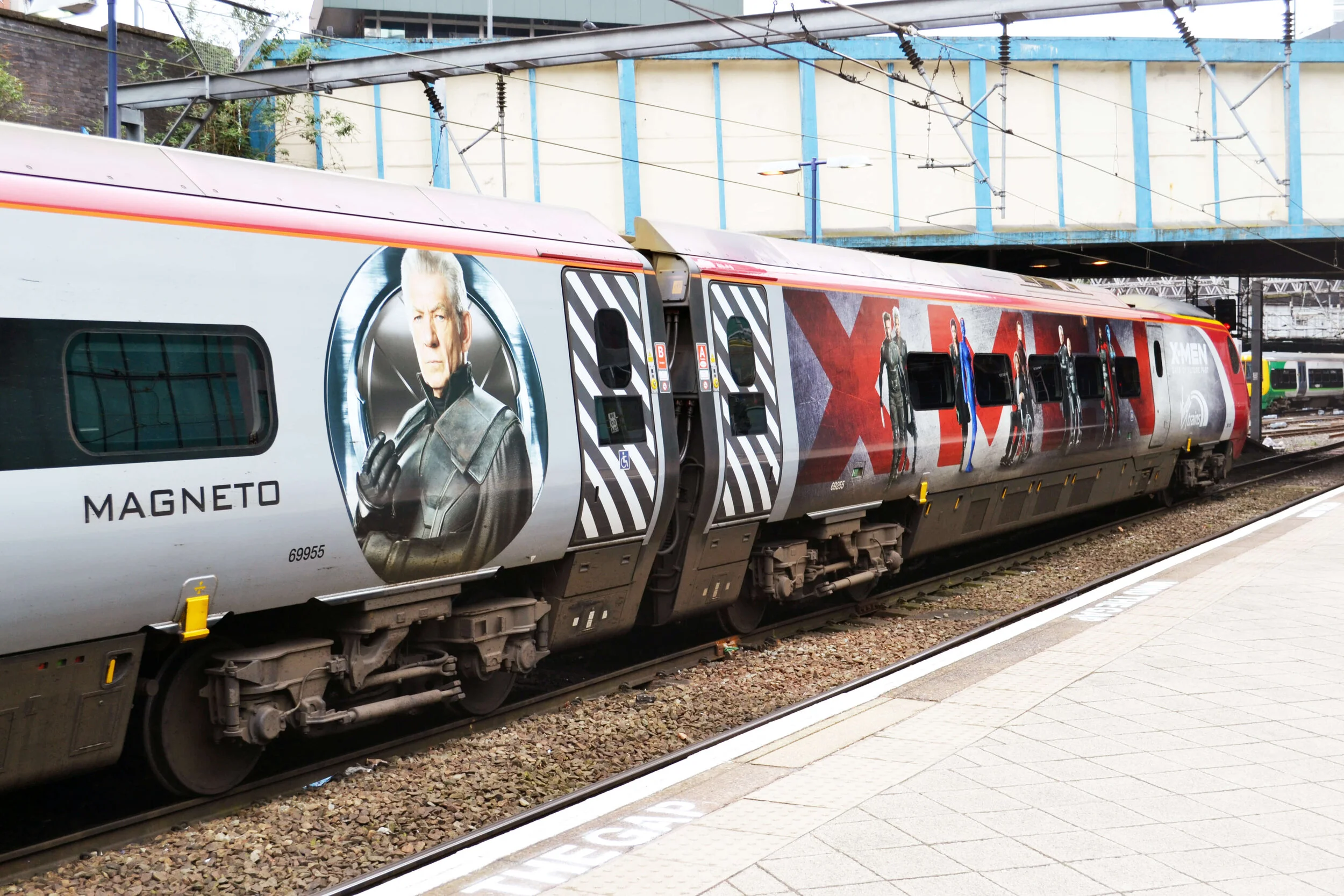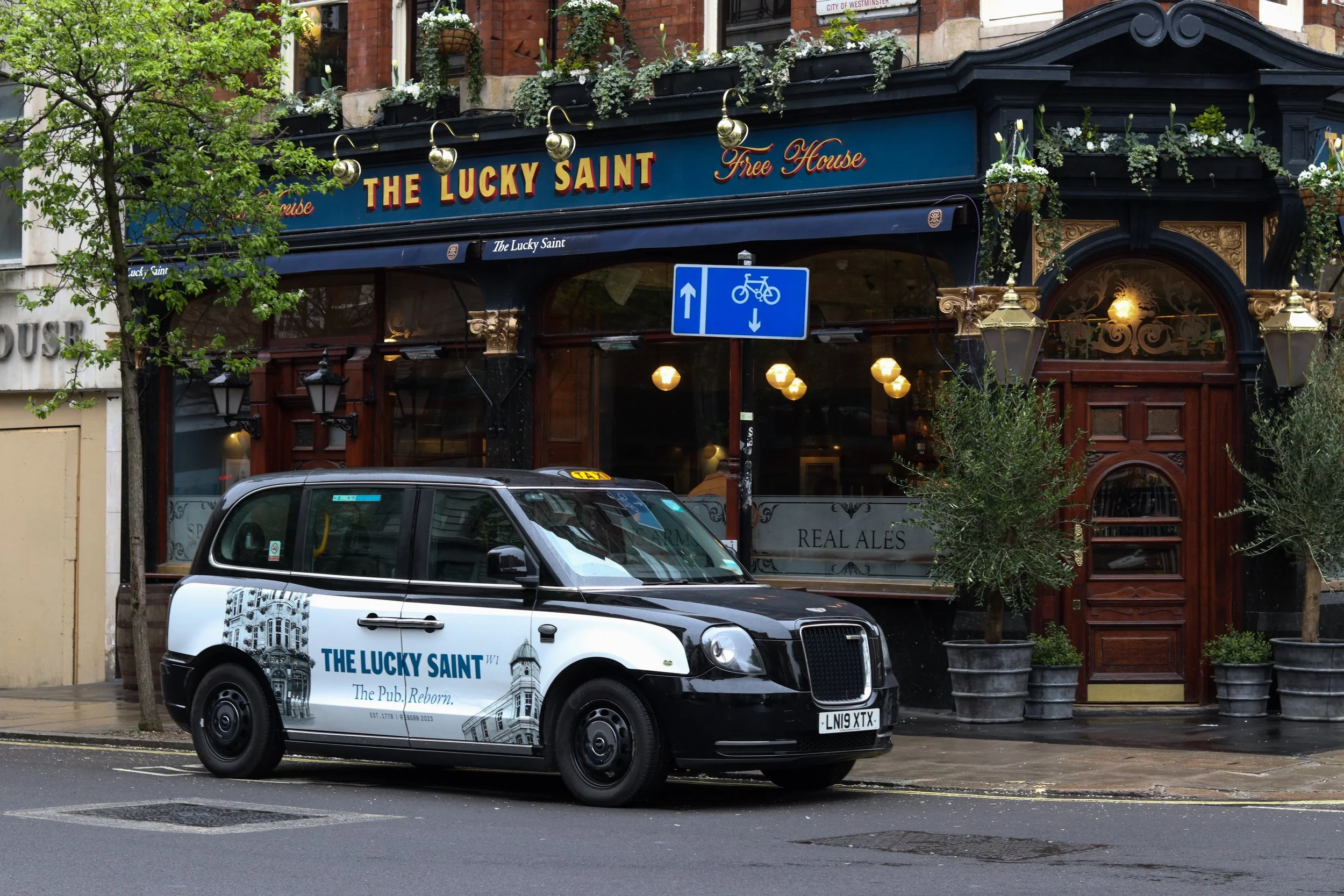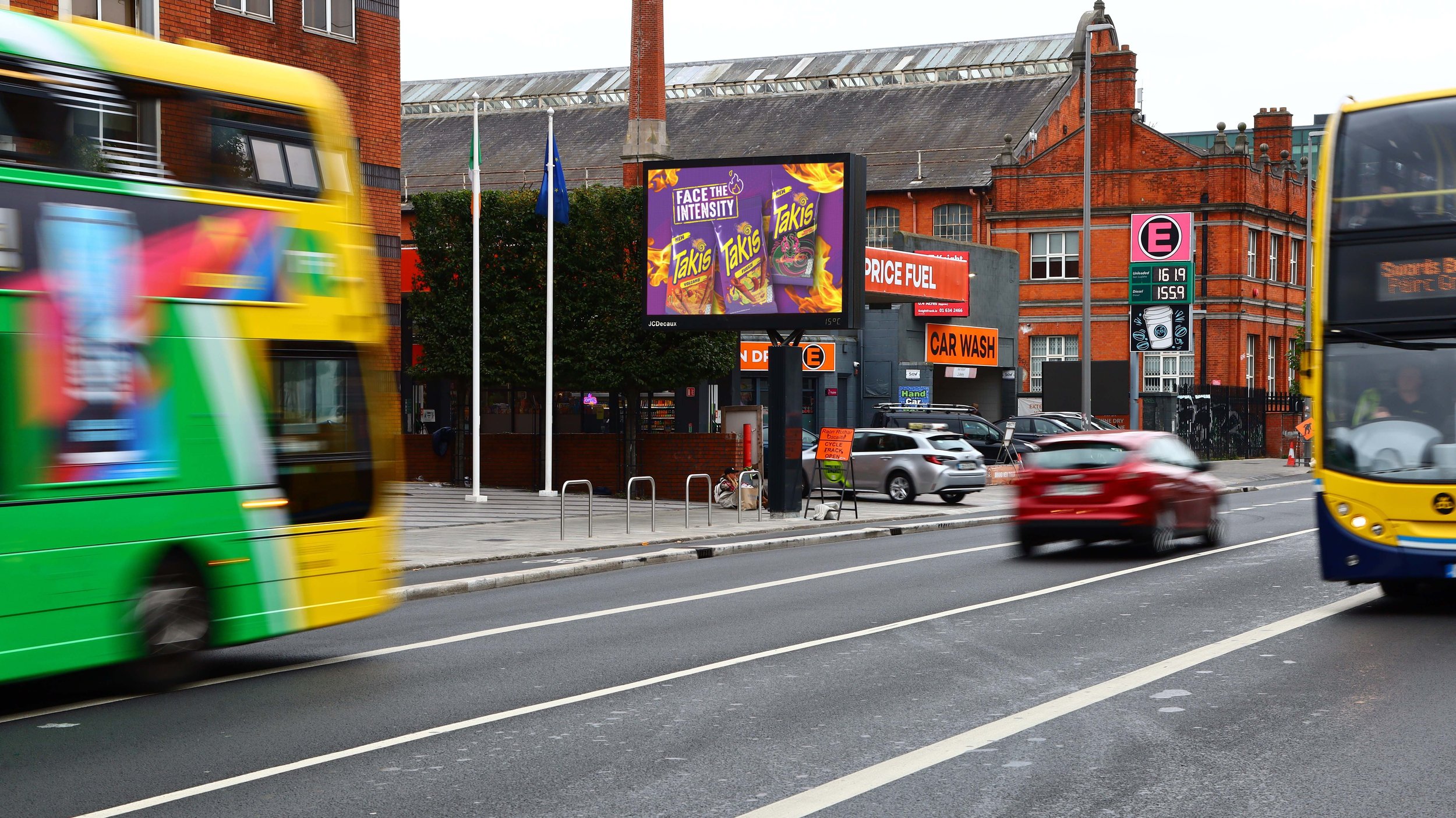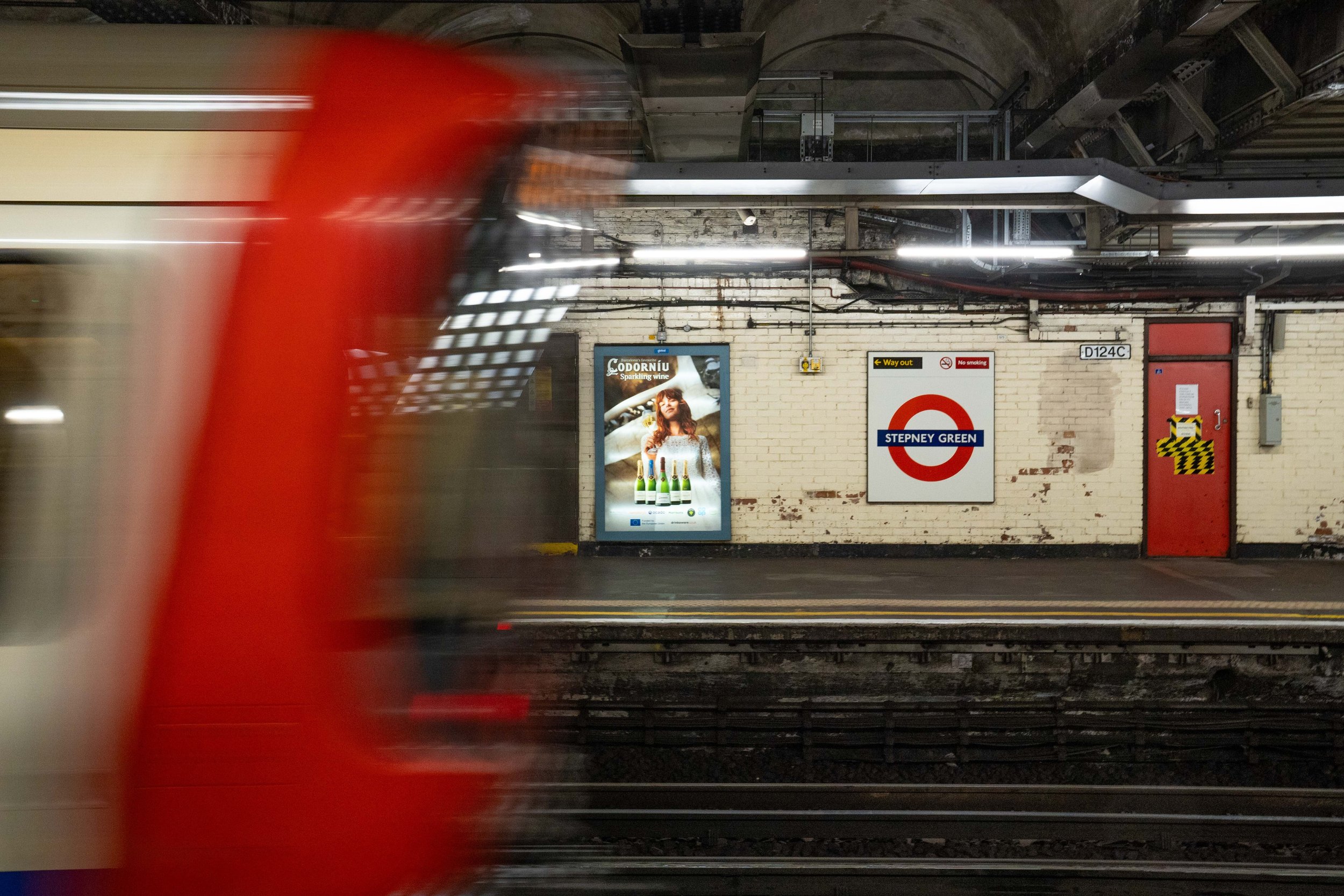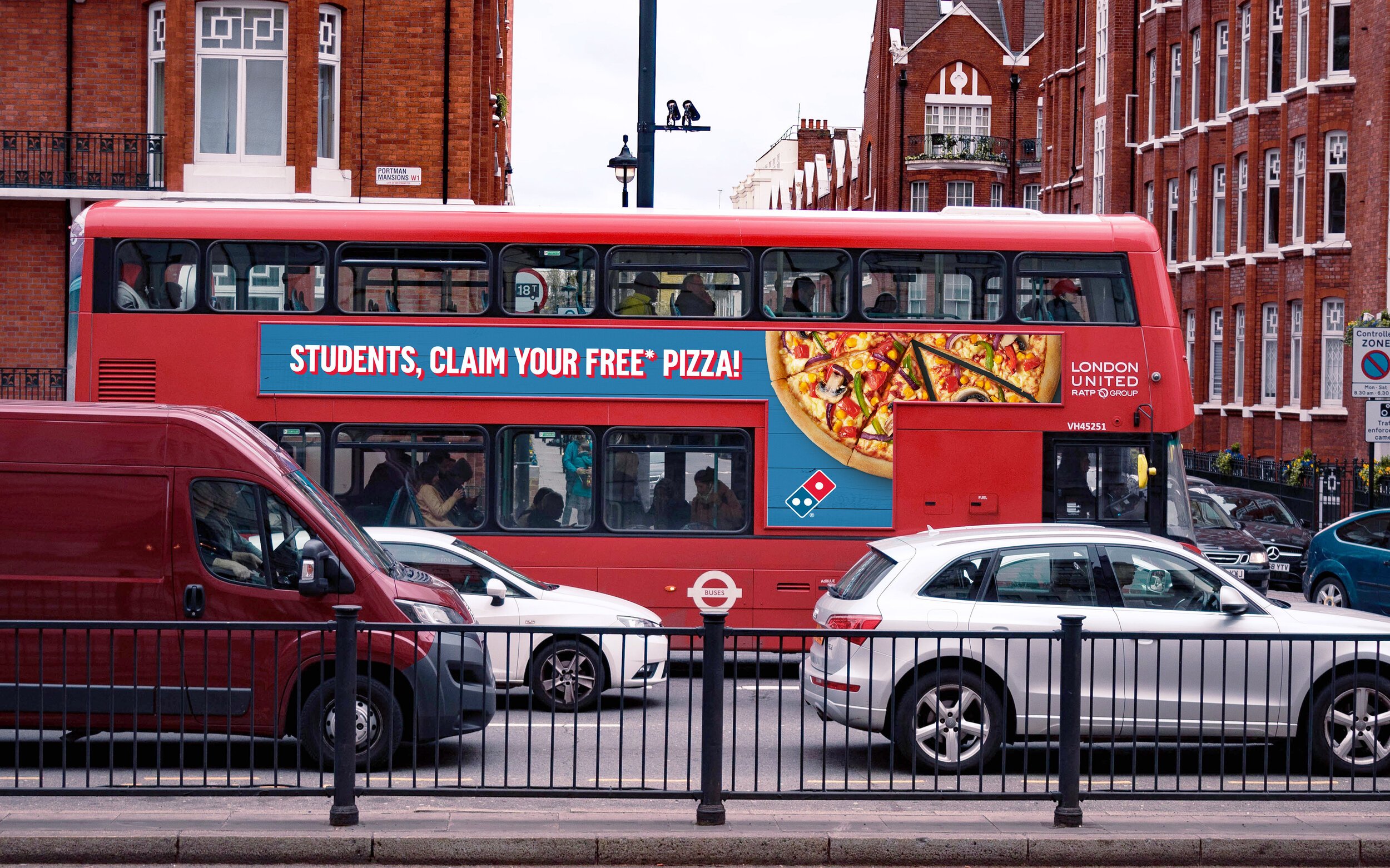How To Advertise on Trains
How To Advertise on Trains
Key Takeaways: How To Advertise On Trains
To advertise on trains effectively, you need clear objectives, the right routes and audiences, and one simple message that passengers can remember.
To make train advertising work harder, you should match formats to real passenger behaviour and use practical tools like mapping, mobility data, analytics and simple promo codes.
To navigate operators, formats and rules without wasting time, it helps to partner with an integrated media agency like One Day that can plan and buy rail media and connect it with your wider activity.
Advertising on trains gives you rare, uninterrupted access to people while they travel, scroll, think and plan what to do next. The brands that win are not just the ones with the biggest wraps, but those that treat onboard media as part of a wider marketing system, built on clear objectives, real audience insight and creative that works in a moving, shared space.
Why Trains Advertising Belong In Your Media Mix
Trains are one of the few environments where people are committed to staying put. On domestic routes you speak to commuters, weekend travellers, students and regional business audiences who repeat the same journeys week after week.
For a smaller or regional brand, trains behave like moving local media. Your message travels the same routes as your customers and becomes part of their daily or weekly routine. For larger brands, trains allow repeated exposure along important corridors such as London to Manchester, Glasgow to Edinburgh or regional lines feeding into major hubs.
The value is not just reach. It is the combination of dwell time, repetition and mindset. Passengers see the same panels multiple times during a journey and across many journeys, and they often have their phone in hand when they choose to act.
Steps to Advertise on Trains
Start With The Marketing Fundamentals
Before you look at rail formats, it helps to treat trains the way you would treat any other channel.
Be specific about your objective. Are you trying to build brand awareness, drive visits to a particular location, encourage app downloads, promote a seasonal offer or recruit talent. Each objective suggests a different way to judge success.
Define your audience in terms of real journeys, not just broad demographics. It is more useful to think in phrases such as:
People commuting between the same two stations five days a week.
Families travelling at weekends and during school holidays.
Students moving between campus and home.
Business travellers working on laptops for an hour or more.
Remember that context matters. Commuters on short, busy services may be standing or squeezed in, while longer distance passengers are more likely to be seated, plugged in and ready to read. The environment should guide your copy length, visual complexity and call to action.
Finally, decide what you want people to do as a realistic next step. That might be remembering your brand name, searching for you later, visiting a nearby store or using a simple offer code. One clear action, well delivered, is far better than several weak requests.
2. Choose Formats That Actually Get Noticed
Train advertising usually combines exterior and interior formats, each with a different role to play.
Exterior Wraps And Panels
Exterior wraps and large side or rear panels turn the train itself into a moving billboard. They reach not only passengers but also drivers, pedestrians and people near stations and level crossings.
These formats are best for very simple, high impact messages:
Bold and distinctive visual branding.
Very short copy that can be read in a moment.
A clear brand identity that is recognisable in motion.
You can think of them as broadcast posters that happen to move along your most important routes.
Interior Panels And Table Media
Inside the carriage is where dwell time really exists. Overhead panels, end of carriage posters, seat backs and table media sit in front of passengers for long periods. This is where you can share a little more detail without losing attention.
Interior formats are ideal for:
Short product or service stories.
Clear benefit led messages.
Promotional or recruitment campaigns.
Simple prompts to visit your site or app using an easy to remember web address.
On longer journeys you can afford slightly more copy and explanation, as long as the reading order stays clear and the headline still carries the main idea.
Digital And Wi Fi Environments
Where digital screens are installed on trains, they allow time based messaging and creative rotation. Wi Fi sign in pages and portals can also host branded spaces that every connected passenger passes through.
These touchpoints are powerful when you:
Align messages with time of day or day of week.
Mirror creative used in paid social or online video.
Test alternative messages and optimise over time.
They create a useful link between the physical journey and your digital presence.
Tools That Help Marketers And Business Owners
To justify train advertising in a plan, marketers need more than a sense that lots of people see it. A few simple tools can give you a clearer view.
Mapping tools such as Google Maps let you overlay store locations, depots, key customer areas or franchise territories onto the rail network. This makes it easier to see which lines and regions truly matter for your brand.
Audience and mobility data from out of home and rail planning platforms can show:
Who uses particular routes.
At what times they travel.
What kinds of journeys they are making.
This insight helps you decide whether a line is more commuter focused, leisure heavy or skewed towards business and travel, and supports better decisions on routes and creative.
Analytics tools like Google Analytics 4 allow you to monitor branded search, direct traffic and conversions while your rail activity is live. When you combine this with simple promotional mechanics, such as offer codes that are only used in certain regions or during a campaign window, you start to see how train exposure supports real outcomes.
For larger campaigns, brand lift studies and straightforward customer research can show how exposure on trains has affected awareness, consideration and preference over time.
How An Integrated Agency Can Plan And Buy Rail Media
Behind every train campaign sits a web of operators, media owners, technical specifications, safety rules and approval processes. It is a complex landscape to manage if it is not your core job.
This is where an integrated media agency like One Day can make a difference. Because we sit across strategy, creative and media, we can give trains a clear role within your wider plan instead of treating them as a standalone idea.
In practice, we:
Turn your commercial goals into a focused rail brief.
Identify the routes and services that align with your audience.
Select formats that reflect how people actually travel and behave.
Handle planning and buying conversations with media owners.
Manage artwork, production and delivery to each operator.
Just as importantly, we link your rail activity with everything else you are doing. The creative on board matches what people see in stations, on social, in search and across other outdoor formats, so each touchpoint reinforces the others.
We work with businesses of all sizes, from brands testing a handful of routes for the first time to advertisers running multi city rail campaigns. The thinking and the fundamentals stay the same. Only the scale changes.
Conclusion
Advertising on trains works best when it is built on strong marketing fundamentals and treated as one part of a coherent system.
If you start with a clear objective and audience, choose formats that respect real passenger behaviour and support everything with sensible planning and measurement, onboard media becomes a quietly powerful part of your mix.
With the right integrated partner handling the complexity of planning and buying, trains stop feeling like a novelty channel and become a reliable way to keep your brand present in the everyday journeys that shape people’s lives.
Read more about advertising on trains and tube advertising here. If you want to learn more about transport advertising, check out how to advertise in train stations!

